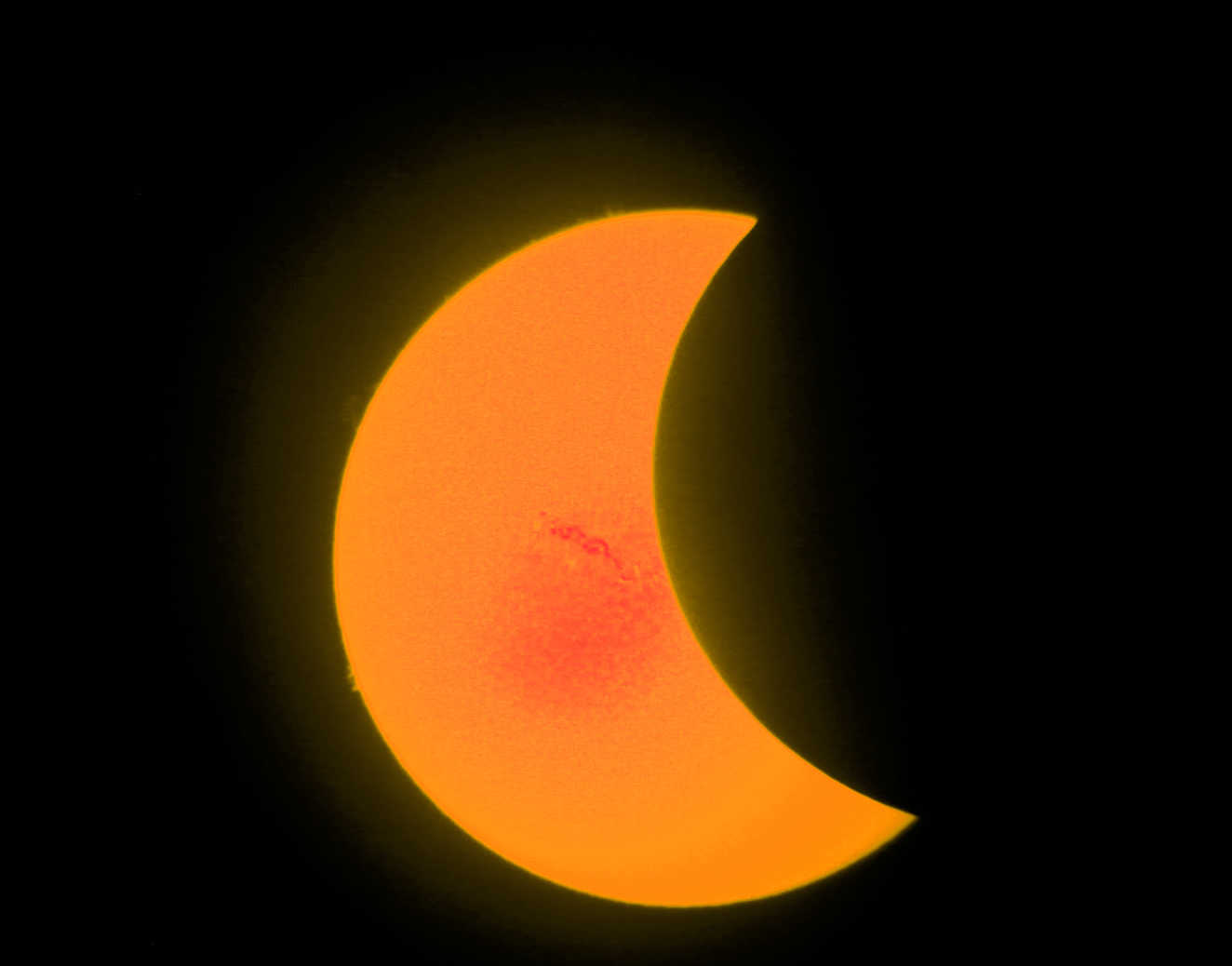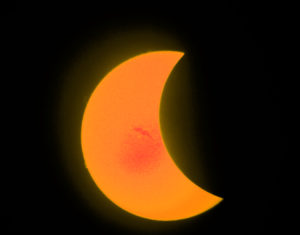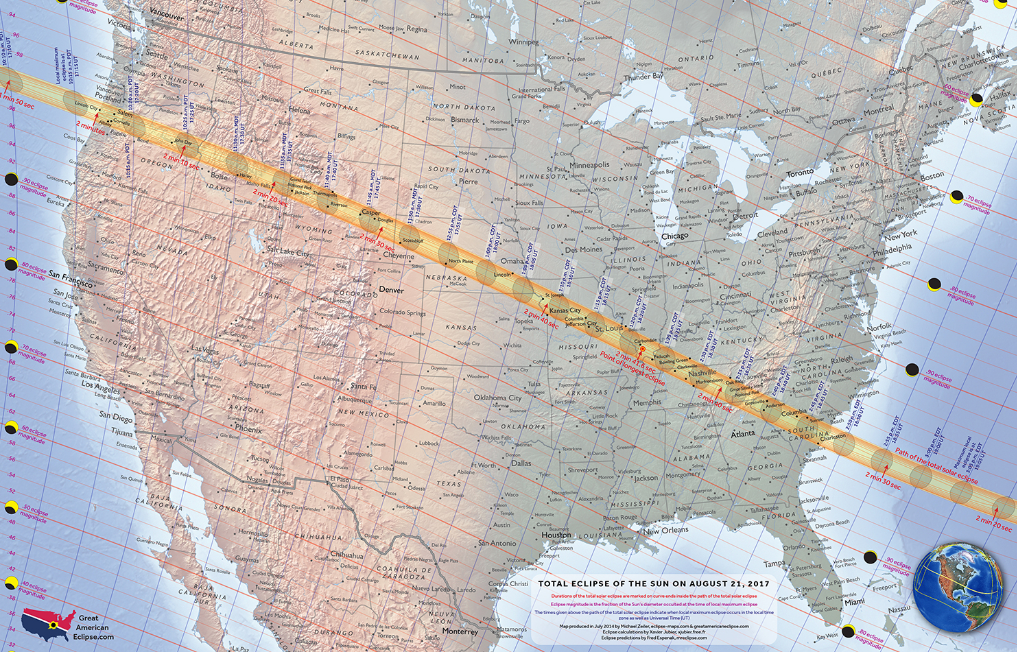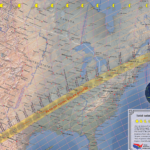The Faulkes project is a real-time, astronomy based research and imaging project based at Cardiff University in England, and Santa Barbara, California. The later operates as LCOGT (Las Cumbres Observatory Global Telescope Network), and is an equal partner in the project. Through this project, students can use large research grade telescopes located in Hawaii and Australia, via the internet, to image objects and conduct student research. In addition, LCGOT has created a network of smaller 1-meter telescopes around the world.
I became involved in the Faulkes project during the summer of 2010, after trying to build an observatory in Montauk for 7 years. It was my initial goal for the local observatory, to operate from a network, providing High Schools internet access to the telescope. When I found out about the already established Faulkes project, I passed the torch and began earnestly using the Faulkes telescopes on the LCGOT network. The telescopes in Hawaii and Siding Springs, Australia, are two-meter diameter telescopes which cost 30 million dollars each. These are capable instruments, to say the least.
Since joining the program, Montauk science students have imaged a planetary nebula (M97), and a pair of galaxies that are colliding (NGC 4567) and many other deep space objects. Montauk students have worked on rebuilding a galaxy catalog called the Hickson Compact Galaxy catalog. In addition, several students began research on determining which stars in a globular cluster are classified as Be Stars.
As an example of a student’s actual research (sponsored by researchers at Cardiff University), the student numbered image below is named NGC 330. The student used photometry to determine any variation in the amount of energy being emitted by stars in this field and compared multiple images taken over several months. The student then examined the images in specific frequencies of light and used various mathematical functions to determine which stars are classified as B[e] stars.
For general classes, teaching students about astrophotography using robotic instruments and photo-processing can be challenging enough, and very rewarding. The following images were taken and processed by Montauk students. Most science students get very excited about participating in this project, and this can be a terrific STEM project as well.
For further information about how to get involved, or if you have any questions, please contact me and see the following web sites: http://lcogt.net & http://www.faulkes-telescope.com . My e-mail is jmalave@montaukschool.org .
Happy observing and I hope to see your school’s images soon!!









